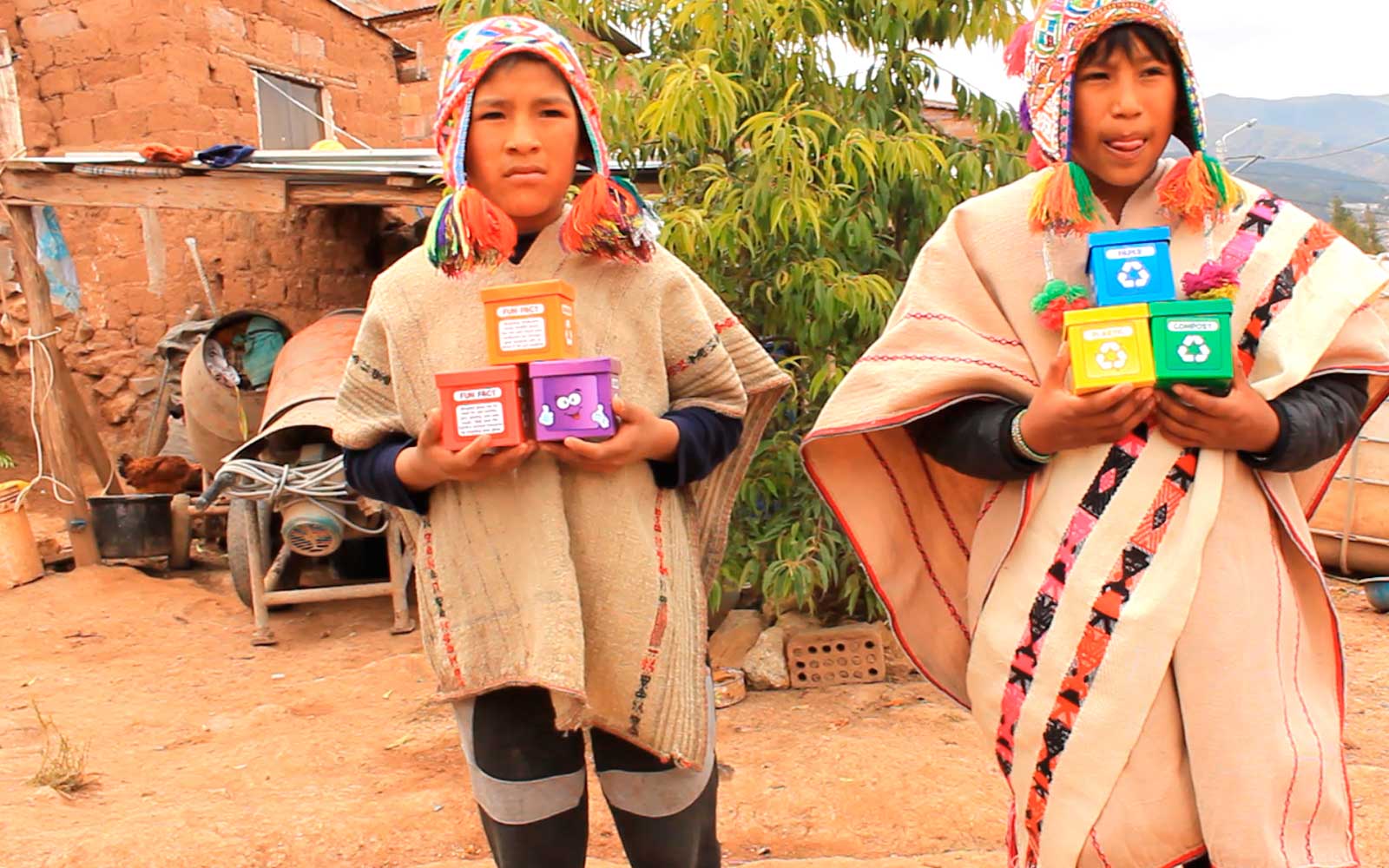No products in the cart.
Andean Textiles: A Window into the Heart of Andean Culture
Andean textiles are more than just pieces of cloth. They are a reflection of the rich cultural heritage of the Andes, a window into the hearts and minds of the people who live there. From the intricate designs to the bold colors, Andean textiles are a testament to the creativity, skill, and traditions of the region’s indigenous weavers.
A Rich History
Andean textile weaving has a rich history that dates back thousands of years. The practice is closely tied to the spiritual beliefs and cultural traditions of the Andes and has been passed down from generation to generation. The use of natural dyes, such as indigo and cochineal, gives Andean textiles their unique and vibrant colors, and the simple yet versatile back-strap loom allows weavers to create an array of intricate designs and patterns.
Symbols and Meanings
Andean textiles are much more than just clothing or bedding. They are a form of communication, with different patterns and designs carrying specific meanings and messages. In many indigenous communities, textiles are used in religious and ceremonial events, and they play an important role in preserving the cultural heritage of the Andes.
The Threats to Andean Textile Traditions
Despite their cultural significance, Andean textile traditions are facing numerous challenges. The rise of mass-produced textiles and changes in fashion have reduced demand for traditional textiles, making it difficult for artisans to make a living from their craft. In addition, the traditional techniques used in Andean textile production are becoming lost as younger generations are not interested in learning these skills.
Preserving the Legacy
It is important to preserve the rich cultural heritage of Andean textiles for future generations. This can be done by supporting the artisans who continue to make them, by purchasing textiles directly from them and supporting organizations that promote traditional textile arts. By doing so, we can help ensure that this legacy continues to thrive and that the beauty and creativity of Andean textiles is not lost.
Conclusion
Andean textiles are more than just pieces of cloth. They are a window into the heart of Andean culture, a reflection of the rich cultural heritage of the Andes. From their intricate designs to their bold colors, they are a testament to the creativity and skill of the region’s indigenous weavers. By supporting Andean textile traditions, we can help preserve this rich cultural legacy for future generations.



